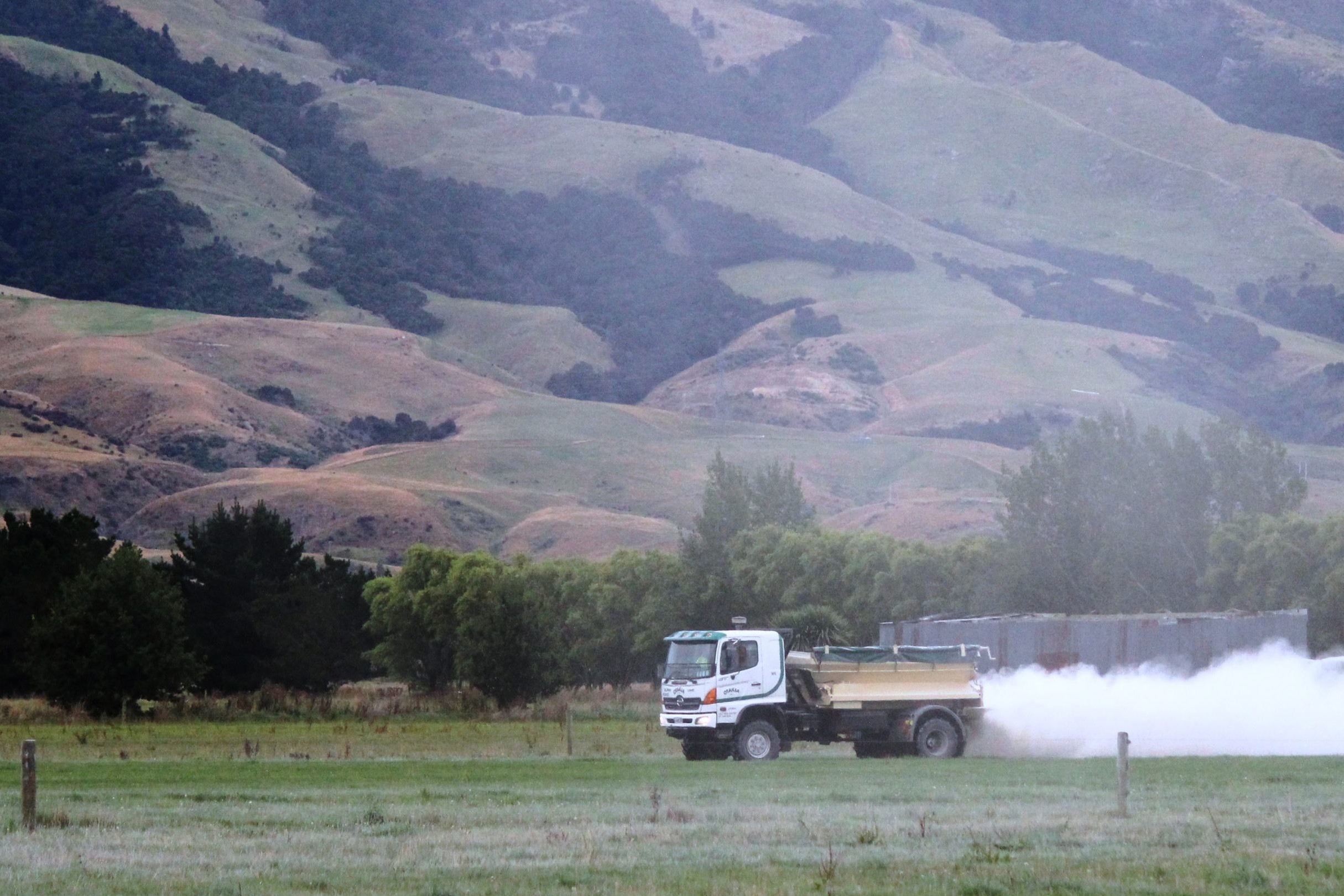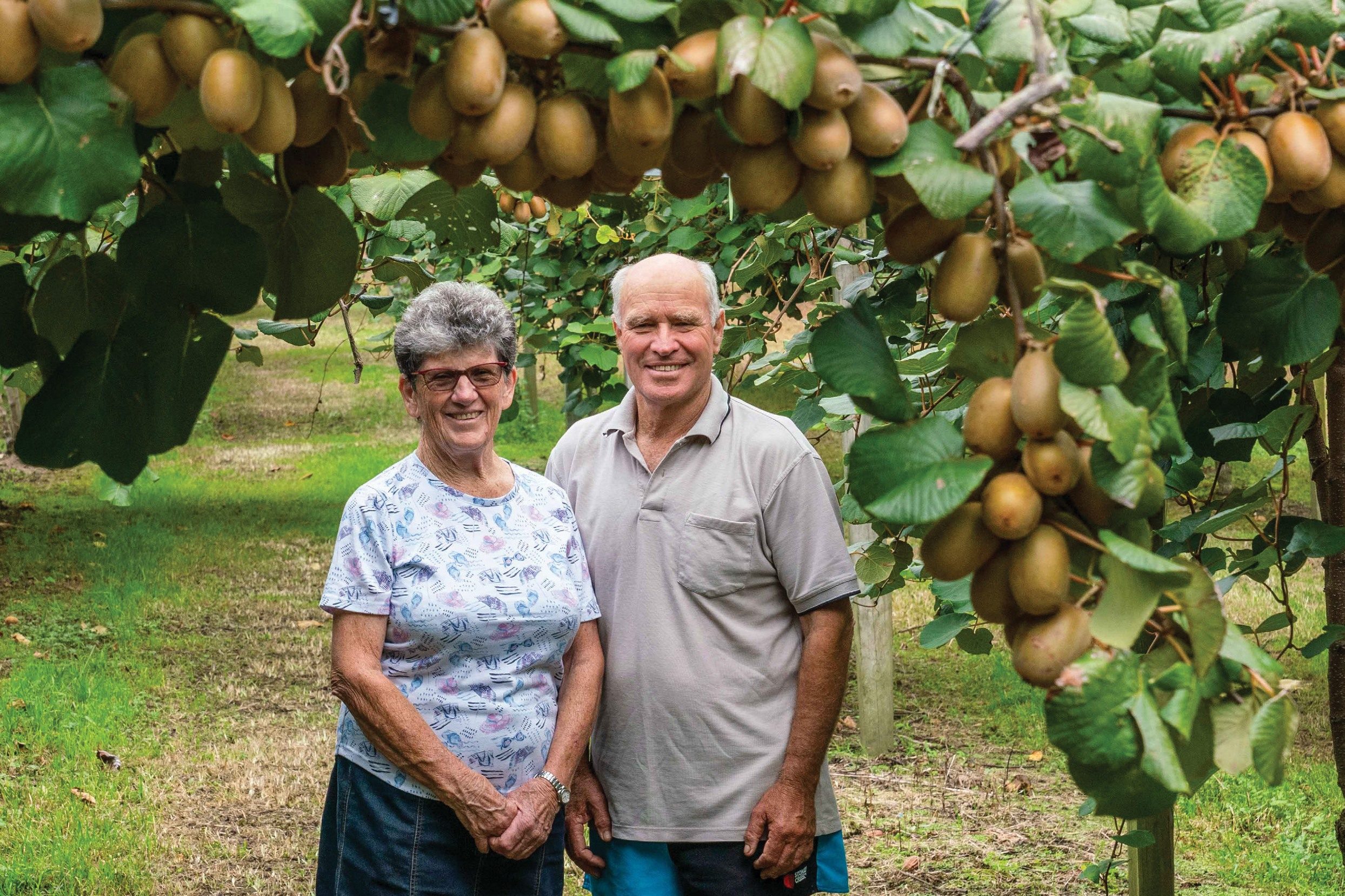Southland’s Southern Dairy Hub is refining and testing different practices to see what works best for the region’s unique environment. By Louise Cook.

What a year 2022 was! I hope you had a great Christmas. It’s been a while since we shared with you what’s been going on at the largest pastoral agricultural research farm on the planet.
New Zealand’s southern region has some very specific challenges. We really are much colder and wetter in winter and we have some heavy soils. Across the region, our farmers are actively working on reducing nutrient losses to water, and wintering practices have been going through an evolution as new techniques are explored and old ones refined.
At the Southern Dairy Hub (SDH) we are leading the evolution with science as we refine and test different practices to see what works best for our unique environment.
We have now completed the first four-year farm systems comparison, funded by DairyNZ. This study evaluated farm systems that could deliver a range of outcomes, including:
- 30% reduction in nitrogen (N) loss to water, and
- future-proof paddock-based wintering systems, and
- animal performance when feeding fodder beet to cows, following feedback from farmer’s observations in their farm systems.
For the study we set up four distinct farmlets – each with a quarter of the farm’s paddocks as their own farmlet. To achieve the nutrient loss reduction outcomes, one mitigation option was to drop fertiliser nitrogen use from ~200kg N/ ha/year to 50kg N/ha/year for two of the farmlets.
 We had to run a lower stocking rate on these farmlets as we expected to grow less grass.
We had to run a lower stocking rate on these farmlets as we expected to grow less grass.
Then we split the high and lower intensity (LI) farmlets wintering regimes into either kale or fodder beet.
The kale-wintered cows got in-shed feed and baleage during lactation and the fodder beet cows got beet and baleage as lactation supplement. In the science community, this is known as a two-by-two factorial.
On paper, we expected to see the lower impact farmlets delivering a reduction in N- loss to waterways of 30%, with a co-benefit of around 10% reduction in methane emissions.
We also expected to produce a bit less total milk but do more milk per cow. And we expected to save money, with profit only a few percent down on the standard kale herd.
Well, lucky for us, it’s our job to test things and see what happens – because what we thought would happen, didn’t!
Over the four years we found that we completely overshot some of those intended reductions and impacted the profit more than expected.
A question you might ask (don’t worry we’ve thought the same) – clearly some of those systems are not working from a profit point of view. Why keep doing it for four years?
Well, the systems that performed the worst are actually the most important that we have onfarm and let’s not forget the environmental gains they achieved. In the face of some significant regulatory change on the horizon it’s great to see that we CAN achieve reductions in our environmental footprint.
More importantly – we had to do it for the whole trial period to account for seasonal variation and see if any bad year (s) are a blip, or if the trend stays the same or gets worse year on year.
From the range of performance from the farmlets, we now have a whole new gambit of unanswered questions, to help us understand why they performed in a way we did not expect.
The great news is that the DairyNZ team are on to it, wading through a couple of million rows of data, to help us understand why the trial gave us some unexpected results.
But the trends we saw in the trial were absolutely clear.
Key Trends from Trial 1:
- Systems to reduce nitrate leaching by 30% also delivered significant reductions in GHG emissions – but did reduce profit much more than we expected.
- Our fodder beet systems have:
- cost more to run
- generally, been more complex to manage
- have not made the same milk as kale systems, a symptom which starts in early lactation and continues throughout the season
- Our kale systems have needed strict autumn attention to achieve BCS targets with much lower BCS gains in winter
- The lower-impact systems have not produced more milksolids per cow, which is not the result we expected
- Focusing on key drivers of reproductive performance, e.g. BCS at fbcalving, resulted in more predictable reproductive outcomes for the standard kale cows but less predictable performance for all other herds (both of the lower impact and Standard fodder beet farmlets). Sometimes we got great outcomes, sometimes bad and always unexpected!
- We are confident we can deliver significant reductions in N-loss to water and GHG emissions in the lower impact farmlets, due principally to the reduction in total feed eaten and reduced nitrogen surplus
- One year for a system will not tell the whole story. System performance will vary over time and performance (positive or negative) may compound over years.
So, what next? This study raised some important questions, and we’re starting a second (three-year) system comparison to refine the tools that reduce the environmental footprint with the hope that we can introduce some manageability, predictability and profitability to the systems while preserving the environmental gains that were achieved.
We will continue to study:
- Lower pasture nitrogen systems with two farmlets running at 50kgN/ha/year
- Fodder beet crops for wintering. But we’re looking to get cows off four weeks, not two weeks pre-calving, and moving off to baleage wintering before the springer mob.
Some big changes to the study:
- Kale/brassica wintering swaps to silage/baleage wintering. We know how to make brassica systems work, but we need to explore the baleage game.
- No more fodder beet as a lactation supplement – hurray! That might help level the playing field between herds.
- Modified nitrogen fertiliser timing for the lower impact farmlets to try and better control growth and quality in spring.
This system comparison will run over three years, so answers will take a while. But we’re three months into lactation and the signs so far are promising!
Until then, we’ll begin unpacking some of the trial results and sharing them through our regular Dairy Exporter column, and we’ll publish them on our website.
- Louise Cook is the General Manager, Southern Demonstration & Research Farm, Southern Dairy Hub. The Southern Dairy Hub is a venture involving southern farmers, DairyNZ and AgResearch that leads innovation through research and demonstration.





